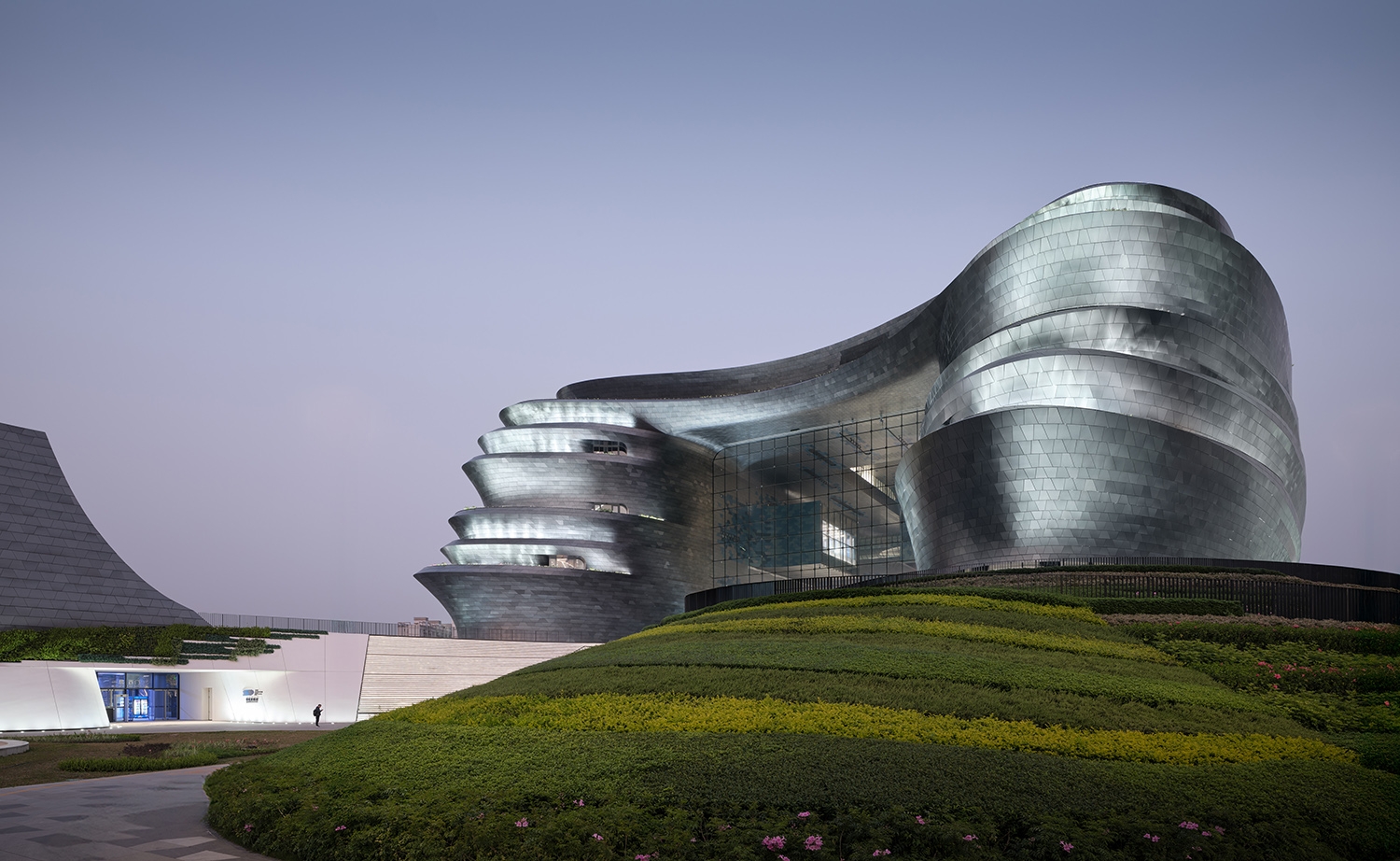In Omiya, a district in Saitama, Japan, known for its rich cultural history and lush greenery, stands a building that feels as though it has always belonged to the landscape. Omiya is famous for the Omiya Hikawa Shrine, a sacred site that has drawn pilgrims for over 2,400 years, and for its zelkova tree-lined paths that offer a peaceful retreat from the bustling city. Along one of these historic pathways, Club Mai Architects has designed a structure that harmonizes with its environment, blending the serenity of nature with the depth of tradition.
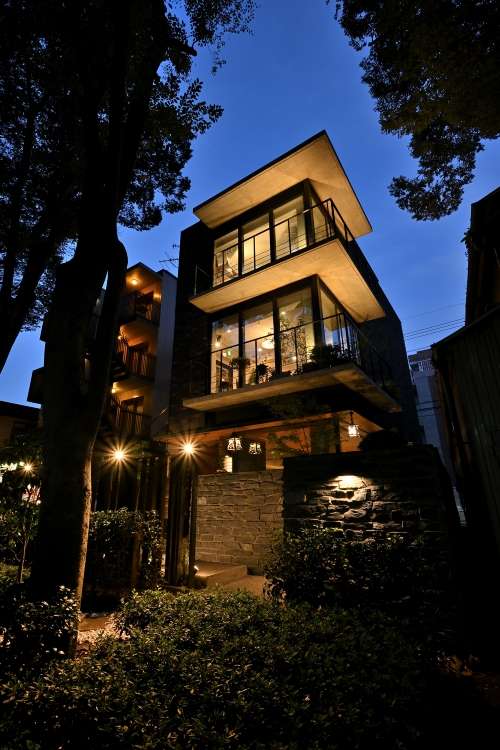
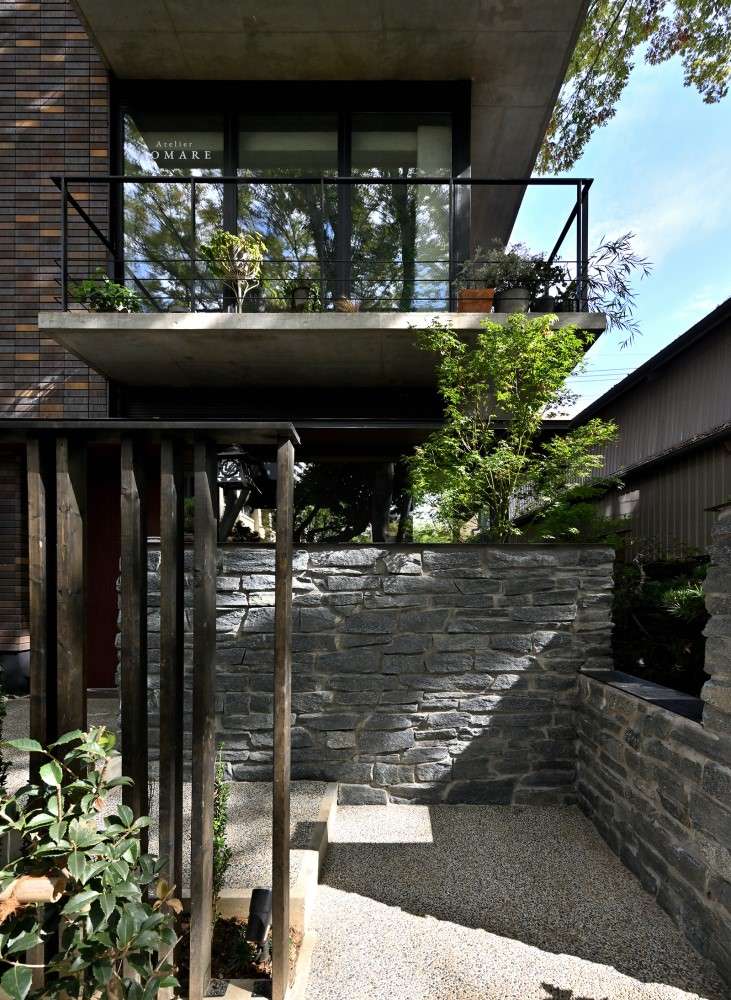
This architectural masterpiece becomes part of the sacred experience, as visitors approach the shrine. A sunlit terrace reaches out into the canopy of trees, creating a serene connection between the architecture and the surrounding greenery. This feature defines the building’s exterior and evokes the calm and quiet of the shrine’s sacred grounds. The design of the approach is equally respectful, creating a sense of reverence and anticipation for what lies inside.
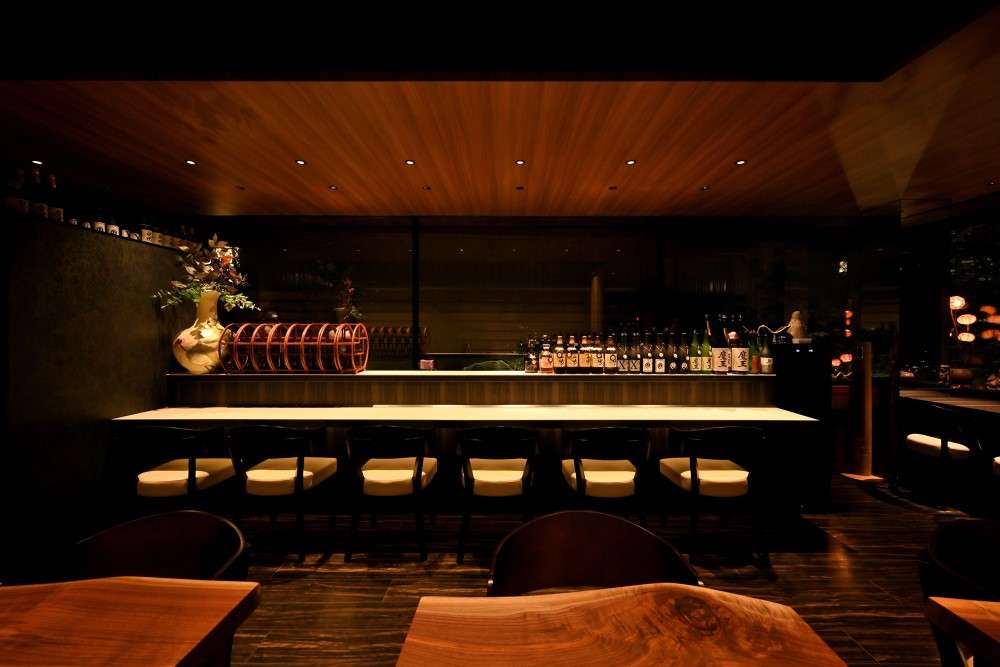
The interior continues this timeless aesthetic. Stone masonry, aged scratch tiles, and rust-like paint all evoke the feeling that the building has been a part of this sacred area for decades, reflecting the passage of time in harmony with the historic location. The natural textures and weathered materials make the structure feel deeply connected to its surroundings.
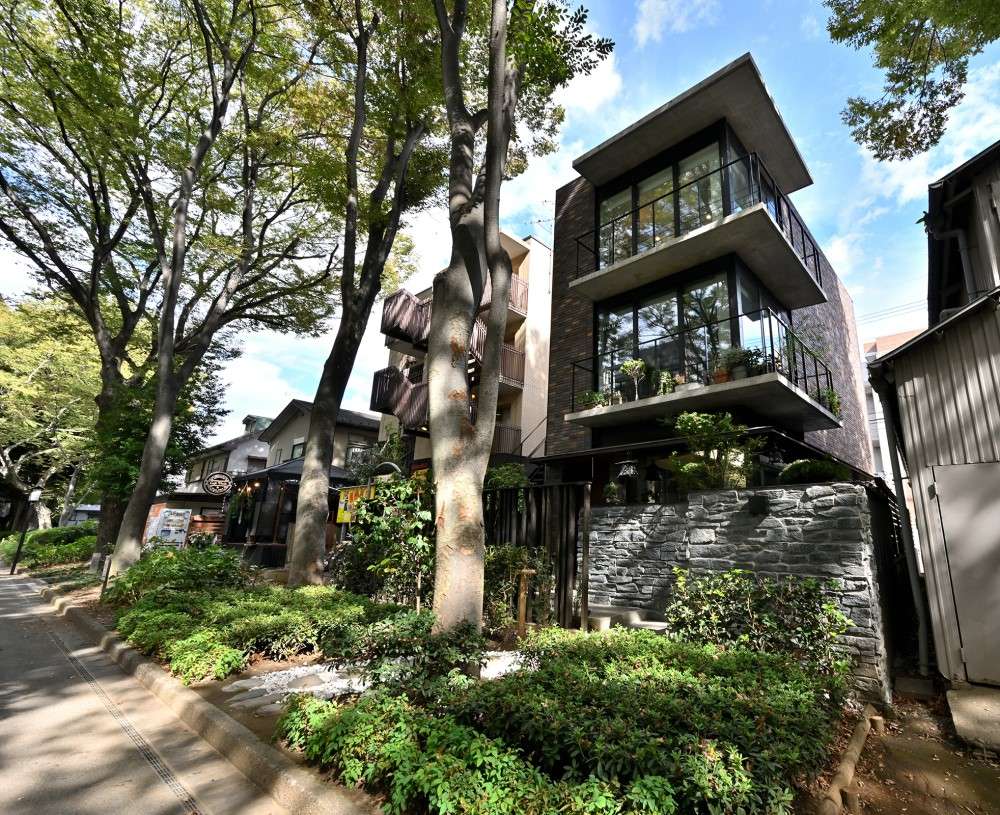
Behind the design is Unaki Mai, founder and principal architect of Club Mai Architects. The firm’s focus extends beyond individual buildings, with projects that span urban planning and community development. In every project, Club Mai Architects prioritize sustainability, cultural respect, and community collaboration, ensuring that their designs are functional but also deeply meaningful for the people who use them.
Photo credit: Sugawara Photo Office









